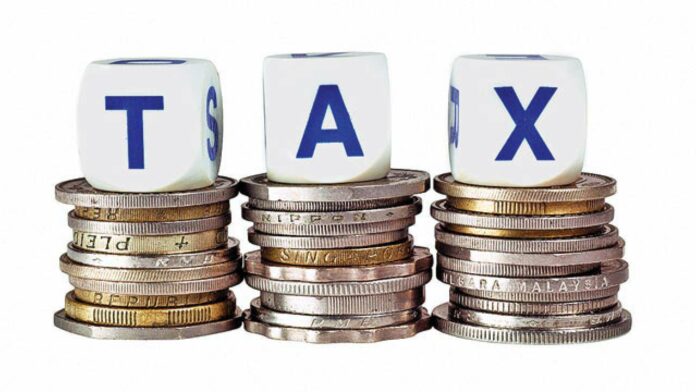The tax-saving long-term infrastructure bonds issued in FY 2011-12 to produce deductions up to Rs 20,000 from the taxable income are maturing in FY 2021-22.
Section 80C of the taxation Act states that investments to the extent of Rs. 20,000 in infrastructure bonds qualify for a tax deduction, but the limit is over and above the Rs. 1 lacs deduction that individuals can claim under Section 80C as they’re long-term secured bonds that mature in 10 to fifteen years.
The bonds have a protracted maturity period of 10-15 years. The bonds are listed on stock exchanges and may be traded after the five-year lock-in period.
So, the tax-saving long-term infrastructure bonds weren’t tax-free bonds. While the investors who opted for annual interest payouts have already paid the tax on the quantity of interest received, the investors who opted for the cumulative option would find themselves paying more tax than the tax saved within the year of investment.
Taxation
opted for the cumulative option – by the investors are going to be added to the taxable income of the respective investors.
So, for the investors in lower tax brackets, tax payable is going to be lower and it’ll be higher for those in higher tax brackets.
In case such a bondholder doesn’t have a sound PAN or, just in case the investor has not filed his tax returns for the last two years and aggregate.
TDS
TDS and TCS in each of these years are Rs 50,000 or more, the TDS rate will increase to twenty percent.
No TDS are applicable for the investors holding the bonds in Demat form. For Non-Resident taxpayers, TDS at 31.2 percent would apply on the interest payouts.
How to save TDS
To avoid TDS, Resident bondholders need to submit 15G / 15H as applicable.
People who had not provided PAN details at the time of investment must update the PAN with the respective RTAs within the stipulated time given by the respective issuers of the bonds.
Non-Resident bondholders have to submit a tax officer’s order under Section 197 / 195 specifying NIL / lower TDS rate to the respective RTAs within the stipulated date to confirm that TDS as per rates per the order is applied.
Follow and connect with us on Facebook, LinkedIn & Twitter

